In 2025, the beauty industry looks to further embrace a more positive and inclusive attitude toward aging, with the old “anti-aging” narrative continuing to fall out of favor for its unrealistic expectations and negative stereotypes.
Amid a backdrop of brands increasingly talking about empowering men and women to feel confident and beautiful at every stage of life, here are five revolutionary trends that look to change the beauty game in 2025.
Table of Contents
The 5 need-to-know beauty trends for 2025
Rounding up
The 5 need-to-know beauty trends for 2025
1. Society: Design for need
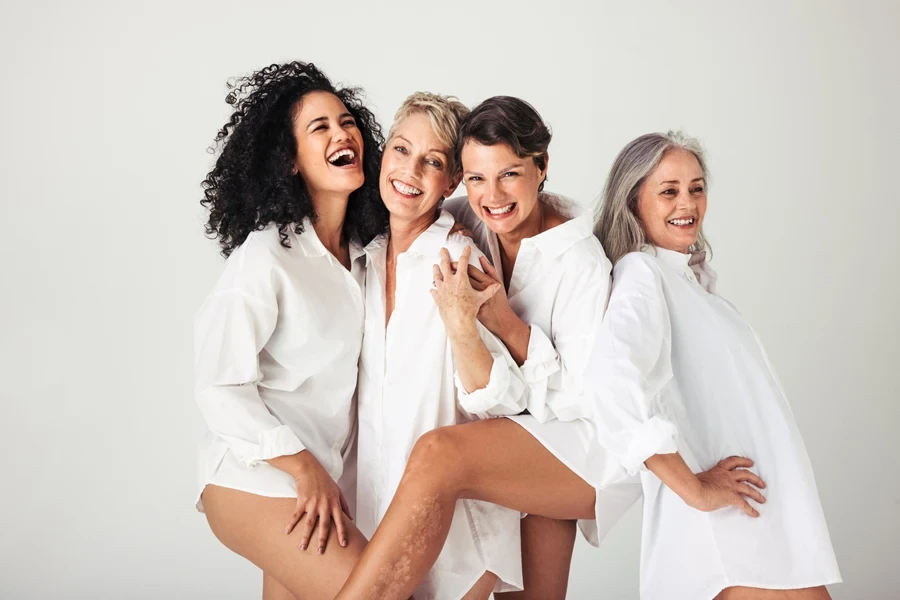
2025 will likely take a different approach to beauty. Instead of focusing on singular (and outdated) segments, the industry will move toward creating products and services for a wide range of people. As some societies get younger while others grow older, and combined with the rising cost of living, demand for age-agnostic products and services will increase.
Consumers are also getting tired of the “bounce-back” culture, the idea that they should immediately strive to re-attain their pre-pregnancy bodies. In addition, alternative knowledge systems and a nature-first outlook look to boost preference for age-old practices, offering gentler health, rest, and material and ingredient-based sourcing options.
How to leverage this trend
Retailers must adopt an age-agnostic and open-minded strategy when stocking products or offering services. The goal here is to cater to a broad consumer age spectrum, so beauty collections should reflect this by offering something for everyone at any life stage.
Businesses should also abandon the anti-aging perspective and encourage “slow aging” with content, products, and practices that promote longevity and healthy aging. Lastly, business buyers should focus on products that combine modern science with different cultures’ rich history of wellness wisdom and ancestral beauty. It’s an excellent way to create a compelling story for beauty consumers looking for deeper meaning in their wellness practices.
2. Technology: Optimized efficiency
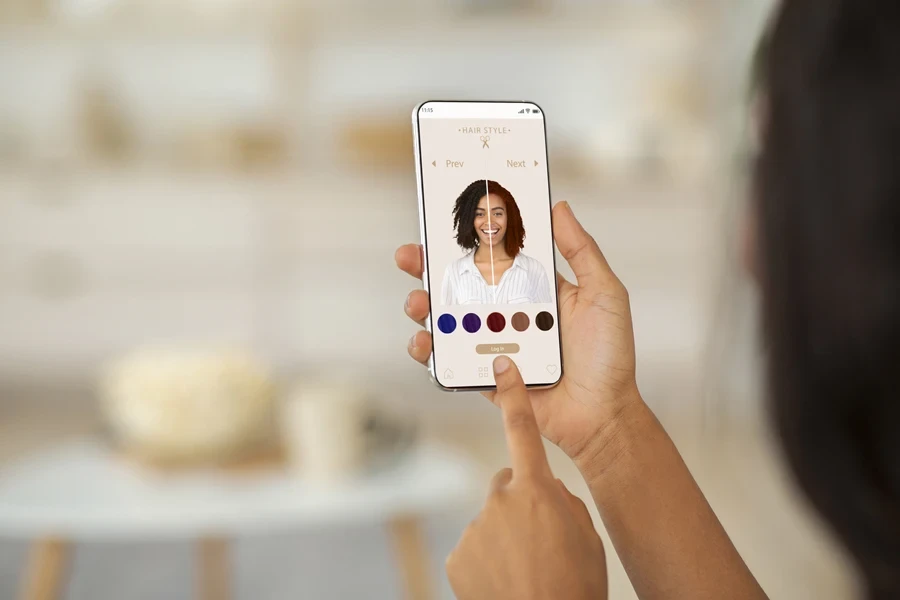
Our previous technologies are nothing compared to what we have now. Technology is advancing so fast that it’s already a core part of our daily lives. That’s why 2025 will further move toward a more efficiency-focused and symbiotic relationship between humans and machines, and is likely to influence every aspect of aesthetic and product development.
AI may not be taking over the world quite yet, but it is accelerating growth, creativity, and productivity in all areas of work and life. But that’s not all: AI will also offer fresh perspectives on solving critical production and logistics issues as well as increase the demand for personalization in products and experiences, meaning technology will play an even bigger role in the beauty industry.
How to leverage this trend
The world is heading in a direction where those who fail to adopt technology will fall behind. Therefore, beauty businesses must embrace AI’s transformative power to offer better products and encourage creativity, helping consumers solve beauty pain points and improve decision-making.
Businesses can also take personalization to the next level by offering custom skin formulations powered by predictive AI. They can also enhance product offerings with unique digital experiences (especially AR), making the buying process more creative, fun, engaging, and connected.
3. Environment: Acceleration point
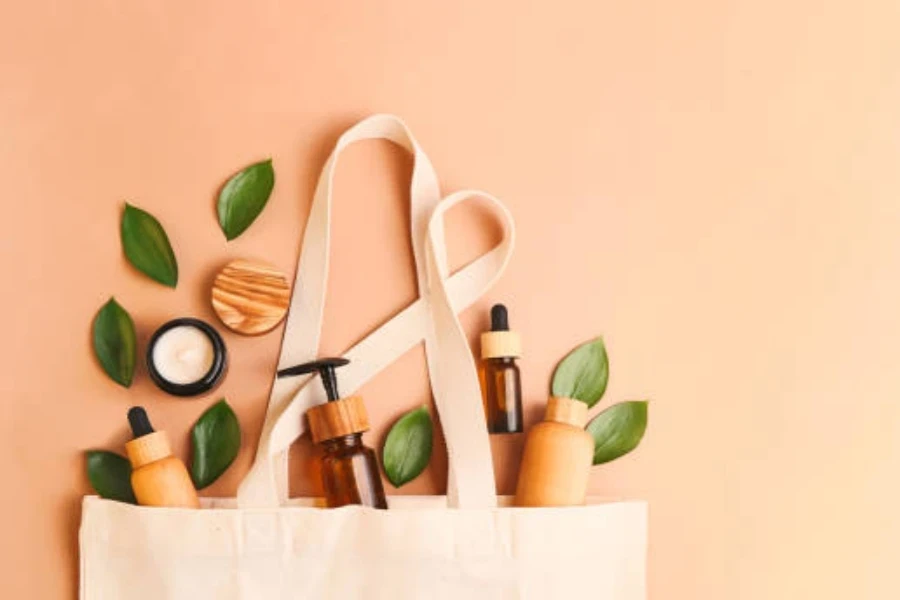
2025 will also involve taking immediate action to implement strategies that promote large- and small-scale climate solutions. While sustainable practices are a big part of business strategies today, businesses must take them more seriously due to increasing extreme weather, resource shortages, new regulations, and high consumer demands.
More importantly, technologies like AI, synthetic biology, and biotech will play a major role in scaling environmental solutions. Thanks to these technologies, businesses can better source sustainable materials and bio-alternatives. Don’t overlook smaller creative innovations, too– they are necessary for creating the foundation for long-term climate actions.
Also, as people around the world increasingly avoid midday heat, nocturnal lifestyles are becoming more popular. This key trend will also influence product development and aesthetics to match the rising desire for night-time activities.
How to leverage this trend
Moving forward, brands must be accountable and undertake more than superficial “green” efforts; instead, they must foster real action against climate change to cater to the demands of the new market. This strategy includes focusing on products that use biotech and sustainable sourcing to protect over-harvested ingredients and ensure climate-resilient supply chains.
Brands must also focus on helping consumers adopt eco-friendly habits and provide products suited for life in warmer climates.
4. Politics: New pathways
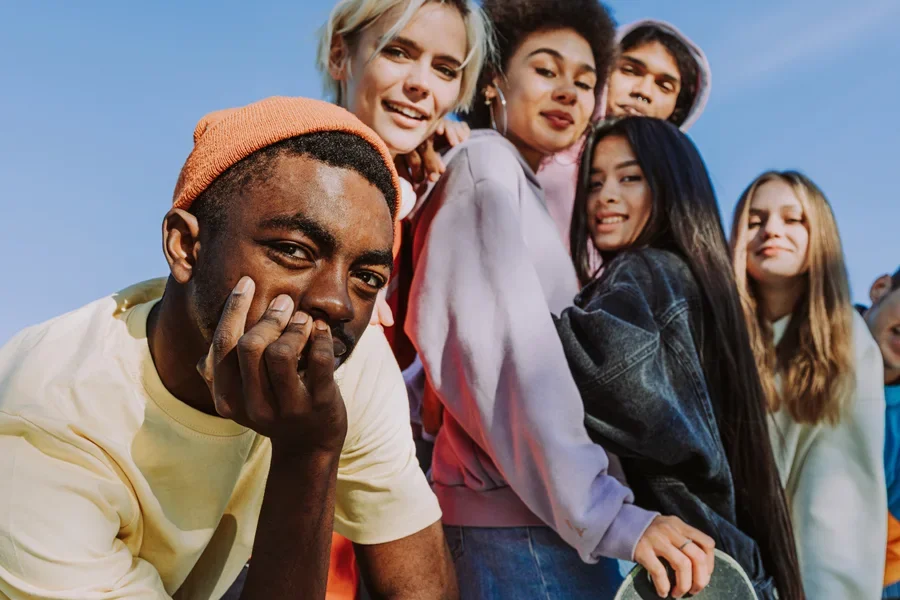
Migration will reshape perspectives and create new opportunities for businesses and consumers in 2025. As more people move, whether due to changes in climate or lifestyles, new cultural fusions and partnerships will arise, fueling the growing need for brands to be more transparent, inclusive, and responsive to diverse voices and experiences.
This trend will also push manufacturers to address social wrongs, create inclusive products, and ensure they leave no one behind. Beyond the movement of people, the focus will also be on products that can adapt to changing needs, reflecting the fluidity of people’s lifestyles. Retail will shift to meet the needs of those outside traditional city hubs, and a mindset of “yes, and” will encourage flexibility in problem-solving.
How to leverage this trend
Inclusivity, fairness, and openness for beauty brands will take on deeper meanings. As global migration increases, localization will become even more important, meaning beauty products must be culture-specific instead of one-size-fits-all.
Experts encourage beauty brands to create a more inclusive “beauty-ocracy” where everyone feels seen and valued. This strategy means addressing inequalities in the beauty industry, uplifting marginalized voices, and reflecting values through concrete actions.
5. Industry: Scaled to fit
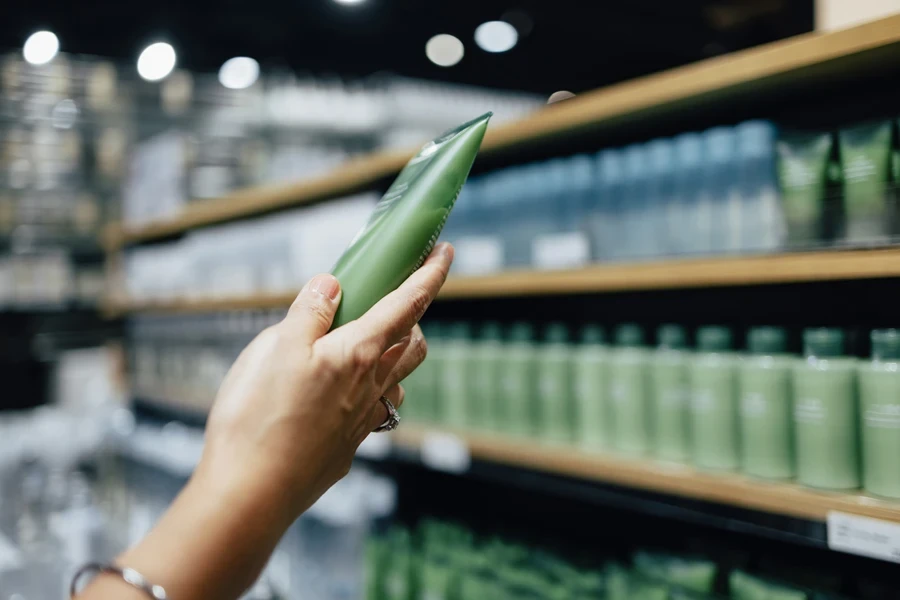
Society is experiencing growing divisions, so businesses will need to make clear, decisive choices to meet new demands and opportunities. Companies and consumers face tough decisions that often require balancing values and practical needs. This trend will focus on building loyalty by identifying core financial, practical, and emotional factors.
But it’s not just any factor. It must matter to the target audience, allowing retailers to adapt their offerings accordingly. This shift to more effective solutions will require investments, innovations, and industry partnerships.
For product development, the focus will be on designing items with longevity – whether they are durable, classic products that last a lifetime, circular products that consumers can reuse, or wellness products that extend human health. Conversely, consumers also demand biodegradable products for single-use items and designs that blend into the background when not in use.
How to leverage this trend
Leveraging this trend requires retailers to bridge the gap between what consumers value and what they actually buy. This involves offering products that align with their values, such as affordability, accessibility, and sustainability.
They can also collaborate with other industries and brands to help foster long-term progress. Additionally, beauty retailers should consider short- and long-term needs by developing eco-friendly single-use products and durable, long-lasting items that appeal to a growing demand for products that endure multi-use cycles.
Rounding up
The beauty industry is set to embrace some exciting shifts in 2025. Focus on an age-agnostic approach, celebrating “slow aging” and “prejuvenation” instead of traditional anti-aging narratives. Use technology thoughtfully to drive innovation in product development, inclusivity, and genuine consumer connections, all while being mindful of the planet.
And finally, don’t forget the senses! In 2025, businesses should strive for beauty products that look amazing and engage all the senses, offering consumers a captivating and memorable experience.




